Fructans & the Low FODMAP Diet
Understanding what fructans are and how they fit with the low FODMAP diet can be tricky. Fructans like to lurk in a variety of foods, from fruit and veggies right through to cereal grains. They are also added to processed foods. This article is going to explain what they are and how to avoid them.
What are fructans and why are they a problem?
Fructans are oligosaccharides and polysaccharides that store carbohydrates in a variety of vegetables, for example, onions, garlic and artichokes, fruits such as bananas, and in cereals (1 2 3). Unripe common bananas contain lower levels of fructans and are safe to eat in small serves (1 small to medium unripe banana), however as the bananas ripen the fructan levels increase to a high FODMAP level. In the FODMAP acronym fructans belong under the ‘O’ for oligosaccharides. Humans lack the enzyme needed to break down the fructose molecule chains that fructans are made of, which means they end up being malabsorbed in our small intestines (1 2). The fructans are then fermented by the gut bacteria, which can cause gas, bloating, pain, reflux, and altered bowel movements (2 3 4).
There are two types of fructans:
- Fructans with shorter chain lengths (2-9 units) are called fructo-oligosaccharides (Oligos-FOS for short)
- Fructans with longer chain lengths (10 units or greater) are called inulin. Inulin has already been discussed in depth in a previous article – you can read more about inulin here.
(2)
For the purpose of this article, there will be no differentiation between the types of fructans. Additionally, the different types of fructans are not labeled separately in the Monash University Low FODMAP app (3).
Fructans consist of soluble fibre (4). Adding fructans to processed food is a growing trend in the food manufacturing industry. This is because fructans (especially inulin) are considered a functional ingredient that can increase fibre content of processed food (4). The fermentable fibre is meant to help the growth of ‘friendly’ gut bacteria because they act like prebiotics (1 4), which is great for normal people but not so great for people who can’t tolerate FODMAPs! This means you should check the labels of processed foods and supplements for inulin, added fibre, and other fructans.
Where are fructans found?
Plants use fructans as storage carbohydrates. This means fructans can be found in a wide range of fruits, vegetables and cereals (1). Most types of beans/pulses/legumes and some nuts are also high in fructan containing oligosaccharides (3). One of our major sources of fructans is wheat, which means cutting out wheat can dramatically decrease our fructan intake (1 4). Below is a table of high FODMAP foods that contain fructans. This table is by no means intended to provide a full list of fructan-containing foods, but to show how many different foods contain fructans. For a more comprehensive list of fructan-containing foods and their FODMAP levels, please refer to the Monash University phone app or low FODMAP booklet.
High FODMAP Foods Containing Fructans (non-exhaustive list)
| Fruits | Vegetables | Cereals |
|---|---|---|
| Grapefruit | Chicory root | Rye |
| Nectarine | Globe artichoke | Pumpernickel bread |
| Persimmon | Jerusalem artichoke | Kamut |
| Plum | Beetroot (>2 slices) | Wheat (dependent on serving size) |
| Pomegranate (>38g) | Savoy cabbage (>1/2 cup) | Barley |
| Watermelon | Garlic | Spelt (dependent on serving size) |
| Some types of dried fruit | Leek (bulb) | |
| Common banana (ripe) | Mange tout (> 5 pods) | |
| Onion (white, shallots, Spanish) | ||
| Spring onion bulb | ||
| Snow peas (> 5 pods) |
(Source: Muir et al., 2009; Monash University App, 2017)
Do different foods have different fructan levels?
Different foods can contain different levels of fructans. It is also important to note that cooking, manufacturing or refining processes, and the fermentation of foods can change their FODMAP rating and fructan levels. For example, spelt sourdough bread is lower in FODMAP levels as the yeasts use the fructans during the fermentation process (5). Another example of changes in fructan levels is the drying of fruit. The drying process concentrates the sugar present in the fruit and can increase the fructan levels, even if these fructan levels weren’t detectable in the fresh fruit (5). The processing of cereal grains can also change the fructans levels in the end-products. The tables below indicate how fructan levels can change between foods.
Table One: High FODMAP Vegetables Containing Fructans
| Vegetable | Grams of Fructans Per Average Serve* (serve size in brackets) |
Grams of Fructans per 100g |
|---|---|---|
| Beetroot | 0.27 (68g) | 0.40 |
| White onion | 0.28 (16g) | 1.8 |
| Spanish onion | 0.30 (16g) | 1.8 |
| Leek whole | 0.43 (83g) | 0.5 |
| Garlic | 0.52 (3g) | 17.4 |
| Spring onion bulb | 1.01 (16g) | 6.3 |
| Shallots | 1.1 (12g) | 8.9 |
| Jerusalem artichoke | 6.1 (50g) | 12.2 |
(Source: Muir et al., 2009)
Table Two: Cereals Containing Fructans
| Cereal | Grams of Fructans per 100g |
|---|---|
| Unprocessed Rye | 4.2 |
| Unprocessed Wheat | 1.3 – 1.9 |
| Unprocessed Spelt | 1.1 |
(Source: Verspreet et al., 2015)
Reintroduction of Fructans
Section Updated on 21/04/2016
After the elimination phase of the diet, fructans can be re-challenged and reintroduced. Fructan levels can vary greatly between different fruits, vegetables, and cereal grains. This means you need to test one to two foods in each of the different fructan groups to find your tolerance levels (8). FODMAP reintroduction specialist, Lee Martin (RD), recommends that you re-challenge each fructan group separately:
| Number of Re-challenges | Fructan Group | Examples |
|---|---|---|
| Choose Two | Fructan containing vegetables | Garlic, leek bulb, onion (red or white) |
| Choose One | Fructan containing fruit | Dried pineapple, raisins, grapefruit, persimmon |
| Choose Two | Fructan containing bread, cereals & grains | Barley flakes, rice krispies, spelt flakes, white wheat bread, cous cous |
(Table Information Sourced from: Martin, 2015)
For more information, you can find our overview of the reintroduction phase here. Otherwise, join our FODMAP Made Easy programme for a complete guide on reintroducing FODMAPs and expert support.
Article continues below.
Testing different fructan containing foods means you are more likely to find a fructan level you can tolerate. Hopefully, you will be able to add some fructan containing foods back into your diet depending on your tolerance levels.
Final Thoughts
Until you figure out your tolerance levels to fructans you need to avoid high fructan foods in the elimination phase of the diet. Also remember to check all processed foods for added fructans from high FODMAP food sources like inulin and chicory root. If you are lucky, you might be able to add some fructans back into your diet during the reintroduction phase.
For regular article updates, please sign up for our newsletter (at the top of this page) or follow me on Facebook.
More Tools to Help
We know that taming your gut symptoms can be challenging but we’re here to help! We can support you through your journey from starting the low FODMAP diet to reintroducing FODMAPs and finding your food freedom in our FODMAP Made Easy programme.
Explore our 1000+ delicious low FODMAP recipes, plan your meals with our weekly meal plans, track your symptoms, and get extensive help for all the stages of the low FODMAP diet through our e-courses. All our resources are dietitian reviewed. So what are you waiting for? Come and join us in the FODMAP Made Easy programme!
Image credit: BudOlga/Shutterstock.com
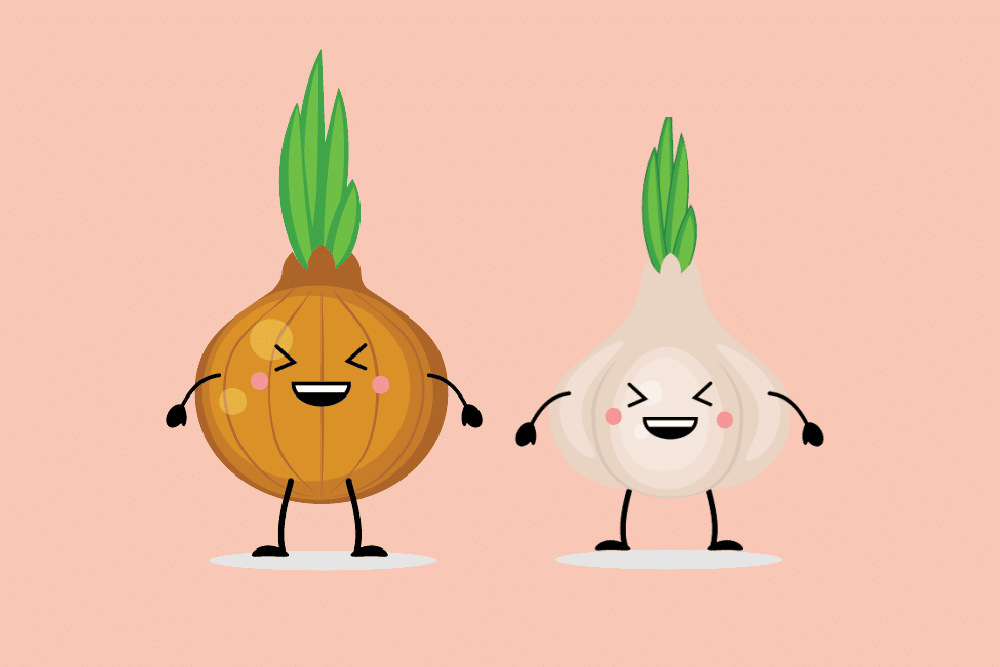
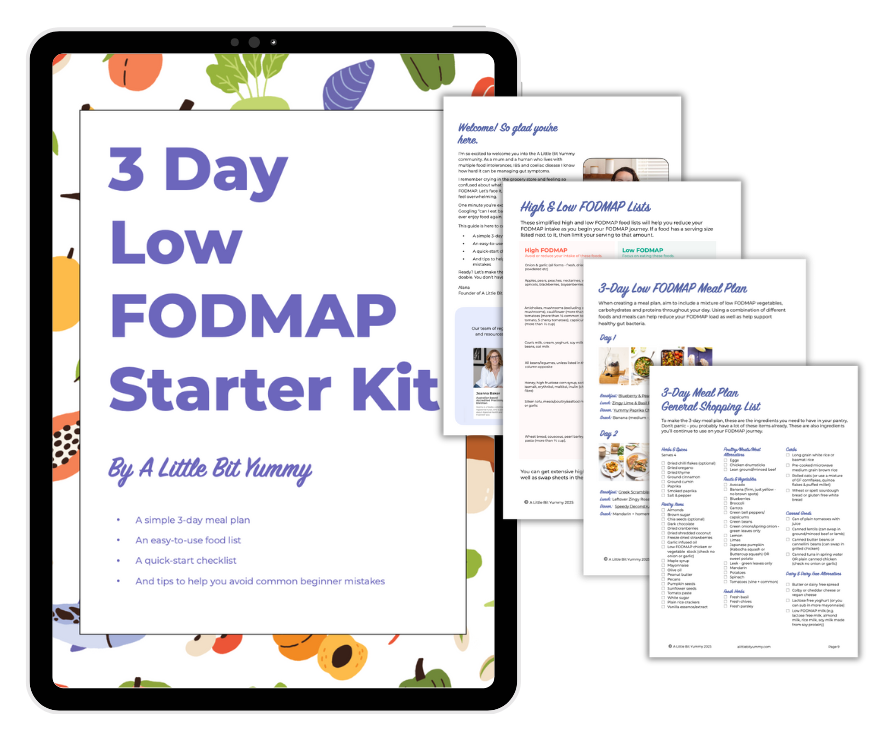
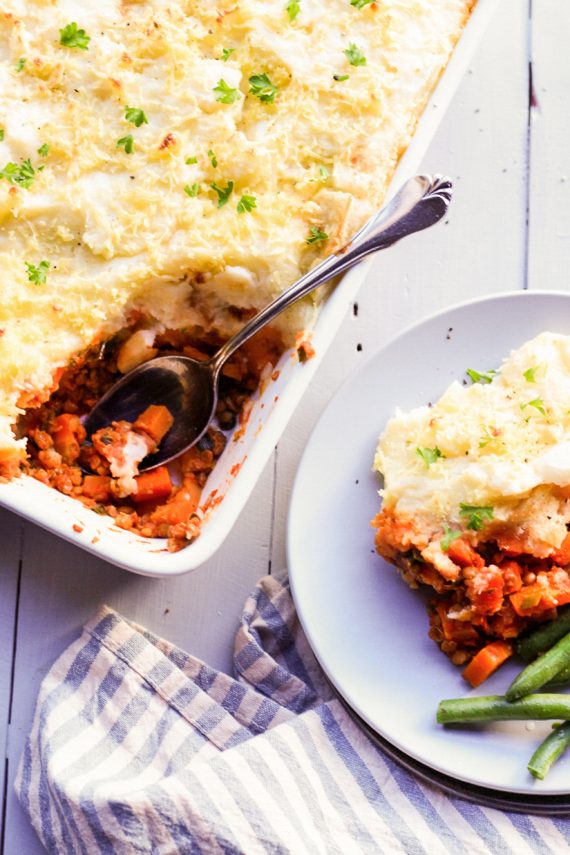
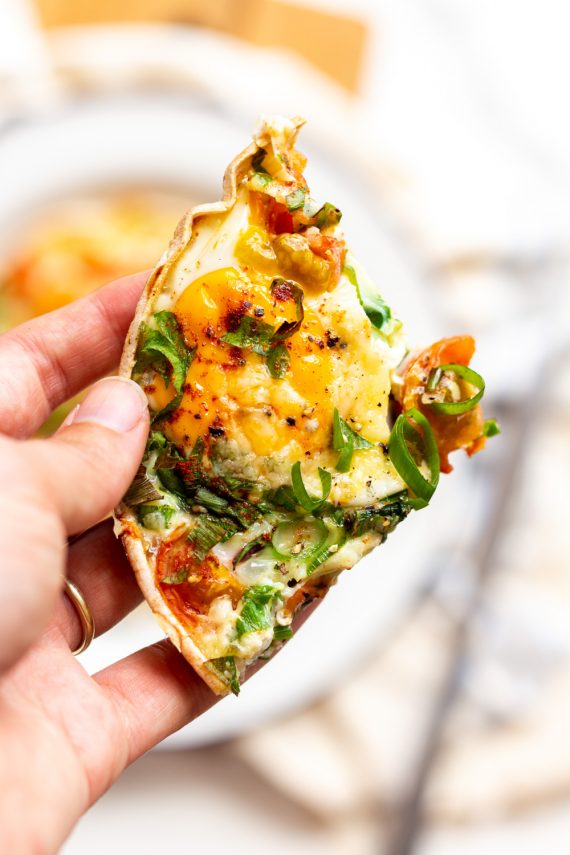
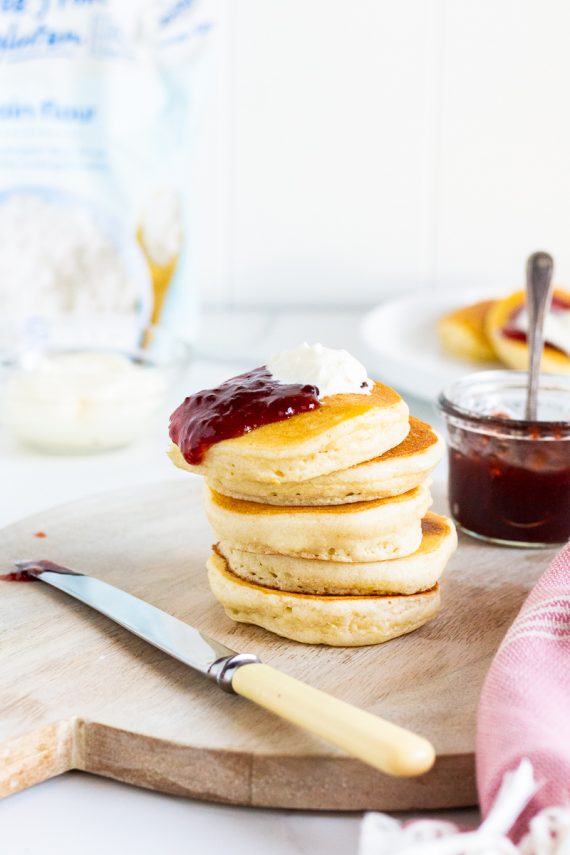
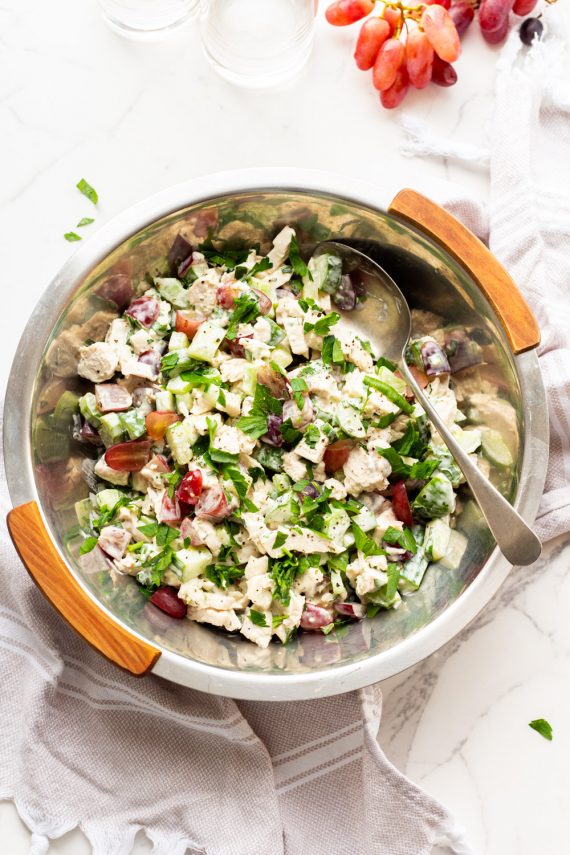






Thank you for this summary, it is very informative. My only concern is what can I eat? That’s my challenge.
Hi Lindsay,
Thanks for leaving us a comment. The best place to find up-to-date high and low FODMAP food lists is in the Monash Low FODMAP App which is available for android and iphones. Monash University is the lead researcher of the low FODMAP diet and the money you spend on the app goes back into research. I hope that helps! Also, make sure you explore the recipe areas of our website as we have lots of delicious low FODMAP options which you can enjoy.
Thank you for this detailed article. Why can I tolerate wheat, but not garlic or onion? Are they different types of fructans? I’m really trying to understand how some foods are the same category but different at the same time.
Hi Colleen,
That is a great question. We do find that people tolerate different types of fructan containing food differently. So I want to reassure you that what you are experiencing is quite normal. There are a few different types of fructans in foods, which is one possible explanation for why people react to these foods differently. Another explanation is that different foods have different concentrations of fructans – the higher the fructan content in a food the more likely it is to trigger a reaction if you are sensitive to this FODMAP group.
Hello, I have IBS-D and reflux. Finding it very hard to eat much of anything. I ate beef stew I made Sunday and got extremely bloated, fatigue, (was it the onions?)& then Monday I ate a Peanut Butter & Jelly (was it the oil in peanuts & fructans in jelly?) on toast and had
to go running to bathroom with D. How come I can eat things one day and be fine and then the next it makes me sick for days?
Hi Sarah,
Thanks for leaving a comment! When it comes to figuring out what foods are causing symptoms it can be really challenging. FODMAP reactions can take from 6 to 24 hours to occur. This means the best way to figure out your food triggers is to jump onto the low FODMAP diet, eat low FODMAP foods until your symptoms settle, and then systematically test each of the FODMAP groups to see which ones are upsetting your gut.
We have lots of resources that can help you do this and we can even walk you through the whole process in our FODMAP Wellness Club: https://alittlebityummy.com/join-our-low-fodmap-club/
I’m confused about rice krispies being included in fructan rechallenge group. They are low FODMAP correct? I’m testing wheat bread now with success, but have been eating rice krispies daily for weeks. Can you explain further? Thank you.
Hi Ryan,
Okay, so I have a couple of questions for you. What country are you in and what product are you using?
According to the Monash FODMAP Low FODMAP Diet app developed by Monash University popped or puffed rice in Australia contains moderate amounts of fructans at a 1 cup serve. Similar results are showing for rice crisp cereal in the USA. However, certain brands of puffed rice products that are being tested are showing as low FODMAP. For example, in the USA Kellogs Rice Krispie Breakfast Cereal has been tested and is showing as low FODMAP.
This means either you have chosen a brand of rice krispies that is lower in FODMAPs or you are tolerating fructans well. Does that help?
Hello! I’m wondering if there is a way to test the grain group of the fructans without having gluten. Can the two be separated? I know I don’t have celiac but so far on elimination I’ve been doing gluten free.
Hi Bess,
You could try using cous cous made from rice and corn. It contains moderate amounts of fructans at a 1/3 cup cooked and then high amounts of fructans at 1/2 cup cooked.
Thank you for this information! I am in the reintroduction phase and have reintroduced wheat and garlic with no side effects. I really don’t like onion and would love to be able to skip reintroducing it, but want to do things properly if it is going to be worthwhile as I know onion shows up in a lot of sauces and products. Is it really worth reintroducing if I didn’t have a reaction to wheat and garlic?
Hi Lynette,
Thanks for leaving a comment! We would still recommend doing a quick onion challenge. We find people can tolerate onion differently even if they have passed their garlic and wheat challenges. If you pass your onion challenge then that will give you more flexibility when eating out or choosing processed products. You don’t have to bring large amounts of onion back into your everyday diet if it’s not something you normally eat. I hope that helps.
Hello,
I just had a quick question… how come chia seeds and orange (sources of soluble fibre) aren’t fructans? Isn’t all fibre a fructan as it’s not digested…. It confuses me..
Many thanks,
Emma
Hi Emma,
Thanks for commenting. There are lots of different types of fibre and oligosaccharides (frutans) are only one source. This means foods can contain fibre and still be low in FODMAPs. On the low FODMAP diet, the most important factor is how quickly the fibre/food is fermented and whether this triggers gut symptoms – we our goal is to reduce your intake of the highly fermentable foods (FODMAPs) for a few weeks to see if this helps reduce your symptoms.
I’ll also link some fibre articles below that you might find useful:
https://monashfodmap.com/blog/dietary-fibre-series-soluble-fibre/
https://monashfodmap.com/blog/more-fodmaps-fermentable-fibres-ibs/
https://monashfodmap.com/blog/dietary-fibre-series-prebiotic-fibre/
https://monashfodmap.com/blog/dietary-fibre-series-insoluble-fibre/